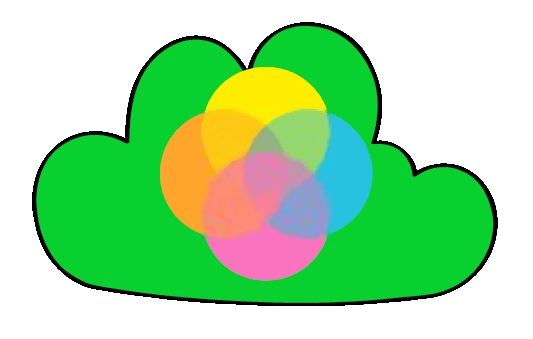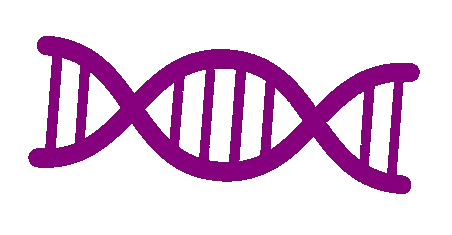Sexuality, Identity, and Gender Expression
We have different aspects, who we are, who we love. It is important to understand them in order to respect them.

To understand a person, it is important to understand them in their complexity. What are the different aspects that make up a person? To understand others and ourselves, it is important not to use a reductive approach.
Gender identity

It is a personal concept that each person conceptualizes in their mind to define themselves. It may correspond or diverge from the sex assigned at birth. The concepts of gender identity can be different across cultures.
Examples: Man, Non-binary, Agender, Woman, Other
Gender expression

Refers to the gender communicated by appearance, the image projected by the person. It can be through hairstyle, clothing, the way of moving. It is linked to the codes and gender stereotypes present in the culture to which one belongs, but can also diverge from these models.
Examples: Feminine, Other, Masculine
Physiological characteristics

This represents sexual characteristics that are purely physiological. It can be chromosomes, hormones, genitals, gonads, secondary sexual characteristics. These characteristics can be Wolffian (male) or Müllerian (female) or a combination of both.
Examples: Female, Male, Intersex
Physical attraction
It is one of the aspects that is likely to determine sexual orientation. It can be expressed towards one or more genders or towards no gender. Physical attraction can allow a person to define themselves, but the person can also choose to define themselves by excluding certain attraction(s) but this should never be imposed.
Examples: For men, for women, for others
Romantic attraction
It is one of the aspects that is likely to determine the type of relationship in which one feels comfortable. It is expressed towards one or more individuals and can be expressed independently of any physical attraction.
Examples: For women, for men, for others